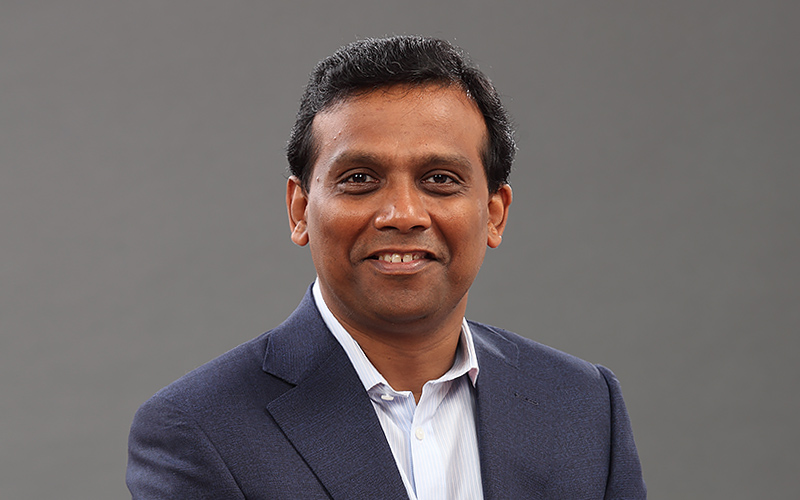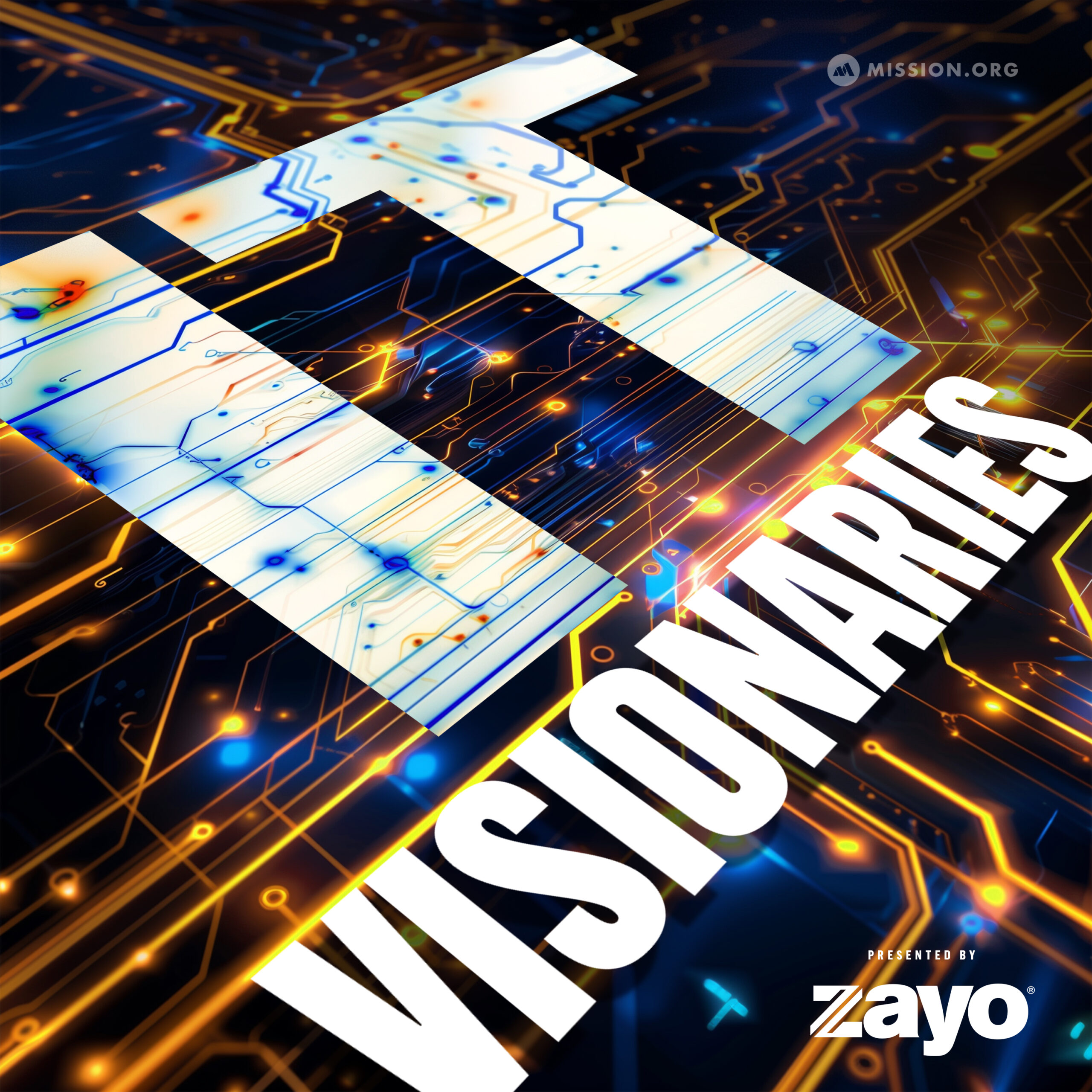Or listen in your favorite podcast app
Apple Podcasts / Google Podcasts / Spotify
The pace of change has never been this fast, yet it will never be this slow again. As technology continues its meteoric rise in the workplace, the workforce around it must adapt and embrace it.
On this episode of IT Visionaries, Ravi Kumar, President of Infosys, discusses the importance of how we can reshape our education system by adopting life-long learning techniques and how the hiring process will shift in the future.
Best Advice: “Most CIOs have their act right on getting financial capital for digital transformation, very few have it right in getting digital capital.”
Key Takeaways
- The future of work is moving from private human capital toward a private + public + machines model.
- Becoming a lifelong learner will be necessary to have success in the future.
- Hiring talent on the potential for learnability is the approach you need to take in order to create a pool of employees that will serve you well in the future.
For an in-depth look at this episode, continue below.
The pace of change has never moved so rapidly, yet it will never move more slowly. As enterprises shift their focus to A.I. and machine learning, the result is a dwindling number of jobs occupied by their human counterparts. For Ravi Kumar, President and Deputy Chief Operating Officer at Infosys, the mission is not to eliminate those opportunities, but rather to build an ecosystem that allows humans, machines and public and private enterprises to work cohesively.
Ravi runs Infosys, one of the leading consultancy firms with 225,000 global employees focused on the future of the workplace and how it will combine private full-time workers, public freelancers and bots.
With a converging confluence altering how work will be done in the future, Kumar envisions a three-tier approach, in what he calls private human capital, with the first setting a standard that humans are expected to find issues, while machines work to solve them.
“[Work is] moving to a three-tier system: private, plus public, plus machines,” shares Kumar. “Private human capital being full-time employees in your organization. Public human capital being the gig economy, which gives you this scale. And then the third being machines.”
As the workforce begins to shift, Ravi argued that the same paradigm shift will dramatically modify the education system. Forcing individuals to adhere to a lifelong learning system, where workers are expected to move quickly and efficiently, while continually developing new skills.
“Everyone is expected to be a lifelong learner. If you want to be successful in the future, you have to learn to learn, learn to unlearn and learn to relearn,” Kumar said.
Within the same idea, the final piece of Kumar’s model is a democratized workforce. As quickly as technology created a divide amongst workers and their skills, in the future, that same gap will lessen those opportunities, with those same jobs becoming more democratic and less STEM-focused.
So what role do employers play in reskilling and how are employees expected to reciprocate? Kumar says reskilling gradually is becoming a bigger part of the agenda for large scale enterprises with a focus on the future.
“If you want to digitize yourself into a future which is secure, you have to repurpose your human capital,” Kumar said. “Employees and employers have to come together for the purpose of reskilling and it will be a major constraint on whether or not a company can digitize itself.”
As the workforce shifts towards reskilling, Kumar says the hiring market will similarly see a market correction, as the potential for the learnability grows. Kumar states instead of focusing on hiring from the existing marketplace with limited skill sets, enterprises need to build sustainable talent pools, something Infosys is already experimenting with.
“Hiring from the market is not good enough,” Kumar said. “Building talent based on potential and learnability is how you build a pipe for digital talent. And that is the approach we took.”
To test their model. Infosys constructed six academy institutions in the United States, electing to pursue places where the tech talent, or skills, were not readily available. To do this, Infosys partnered with universities and community colleges.
“If this experiment [works], if we can really do well, it can be that template to bring talent into the digital world from community colleges, which potentially serve a lot of the underserved sections of the society and therefore create this inclusive strategy to bridge the divide,” Kumar said.
Kumar stated that 35% percent of the United States’ population attends community colleges rather than four-year institutions. That number equates to 8.5 million of the country’s population. The idea is to hire individuals, develop skills, and educate students who otherwise would not have similar opportunities, but Kumar says that strategy doesn’t come without risks.
“You have to bet on your [yourself], to take this bold bet of saying the people who we hired who get trained with us will like us and we like the work they will do and hence they will hang with us,” Kumar said. “So we took that bet. It is an unusual bet, but in the roots of this company, learning and education is very deep into it. So it wasn’t as difficult to say that this might not work.”
In that same vein, Kumar said digital backbone jobs are a great landing spot for talent from community colleges and this apprentice model allows those people to grow with the company and get stackable degrees or certificates, or so he hopes.
Kumar says humans are only part of the equation, with a third of the model revolving around machines and how they work cohesively with the gig economy. Ravi says right now the gig economy is viewed with logistic firms, but that it has to be seen through the same lens as full-time private human capital. With the power to amplify a company’s potential when it needs to ramp-up or decline their workforce.
“By bringing [the gig economy] into the mix of human prospectus machines, you’re going to bring the agility, this scale, and the speed at which you deploy human talent,” Kumar said.




